Classic Multicultural Book: Esperanza Rising by Pam Munoz

Esperanza Rising is a moving story about a migrant worker during the Great Depression. Itopens a world seldom seen with authenticity, and without seeming politically motivated. Real, not a soapbox.
The actual writing I found slightly uneven. The foreshadowing was blunt and obvious especially at the beginning where emotions were “told.” Plus an emotional connection to the characters was assumed but without the groundwork having been done to create it. Maybe the author is so horrified by suffering that she couldn’t put her characters through it, so wrote it in this emotionally distant way? I don’t know. At other times the language was rich with metaphor, “monstrous lions’ paws resting at the edge of the ridge” (94).
A major plus and point to applaud: Esperanza’s character change is subtle and deftly done—gradual and shown through actions rather than narration. A Beautiful book.
Looking for Alaska is easily one of my favorites from the MFAC booklist. Even though I’ve grown a little tired of the forced-funny, self-deprecating voice so ubiquitous in contemporary ya, and tired of a protagonist who stands there going “um hum” while everyone else gets the great one-liners. But here...
S. E. Hinton's The Outsiders. Amazing. Hard to believe this novel was written by a teen. What trumps all here is a sympathetic protagonist and a strong storyline. Hinton can get away with...
In The Absolutely True Diary of a Part-Time Indian 14-year-old Arnold (Junior) Spirit fights racism and his tribe’s anger as he tries to escape the alcoholism, depression, and death of life as a reservation Native American. I can see why this book received so much attention.
Forged by Fire is gripping! And excruciatingly painful to read. A few thoughts: I’m not sure if I bought...
Seriously, An American Plague: The True and Terrifying Story of the Yellow Fever Epidemic of 1793 was entirely fascinating. Like brain porn or something. I love medical weirdness and plagues and boils and gross stuff. So this book had me from the title.
Marjane Satrapi, author of Persepolis: The Story of a Childhood crafted a moving introduction. The importance of keeping a family story alive. I wonder, though, if this story would have more power in a different format?
In We Are the Ship Nelson combines fabulous paintings with rich text full of voice for a truly interesting look at the Negro League of baseball. The paintings are gentle, respectful, full of love with absolutely amazing use of light.
Tuck Everlasting. I first read this in upper elementary when I was in a special "advanced" reading class where I got to spend the English hour on the beanbags in the corner and read my way through Newbery classics.
True Believer is a novel in verse, or is it? I would say funky line breaks and jaggy right margins do not verse make (how’s that for some ferociously f*rked syntax?).
Rebecca has been writing since childhood, her first book about a kitten published between homemade cardboard covers in second grade. Although she studied religion and philosophy in university, she continued writing, earning an MFA from Hamline University and publishing multiple picture books (no longer with homemade covers) and a collection of poetry with a variety of New York and independent publishers. She has also published a wide array of fiction, essays, and poetry in magazines and journals and photographs for Getty Images. She balances writing with homeschooling the younger of her six children, launching her young adults, church activities, and overseeing a small flock of chickens in rural West Michigan.

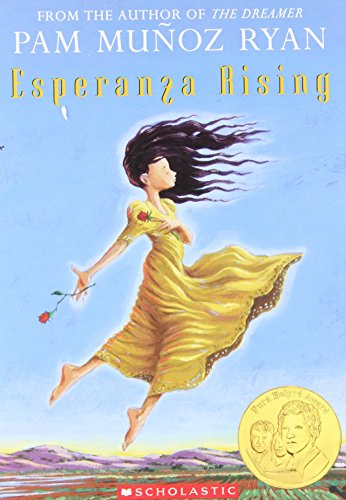
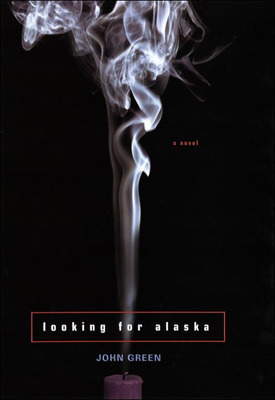
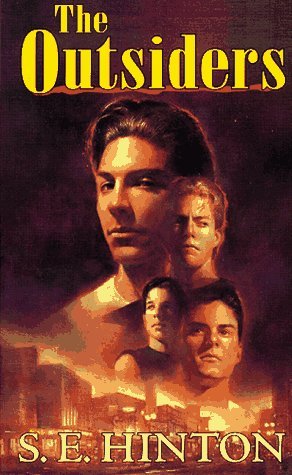




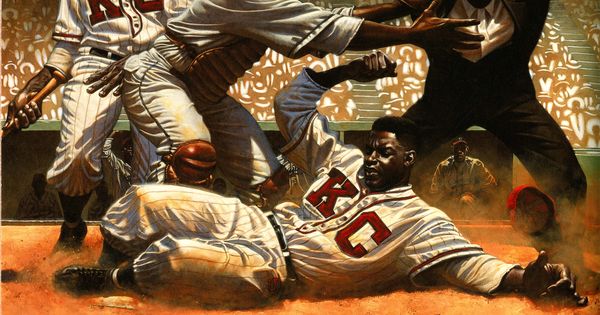

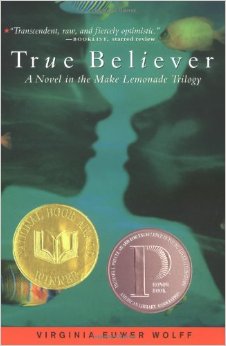
What Jamie Saw is the story of a boy and his mother fleeing an abuser. The first chapter is heartbreaking and poignant. Coman chooses a close 3rd person but incorporates a distinct narrator voice—mature, respectful (similar to the Ramona books but less optimistic). So the voice...